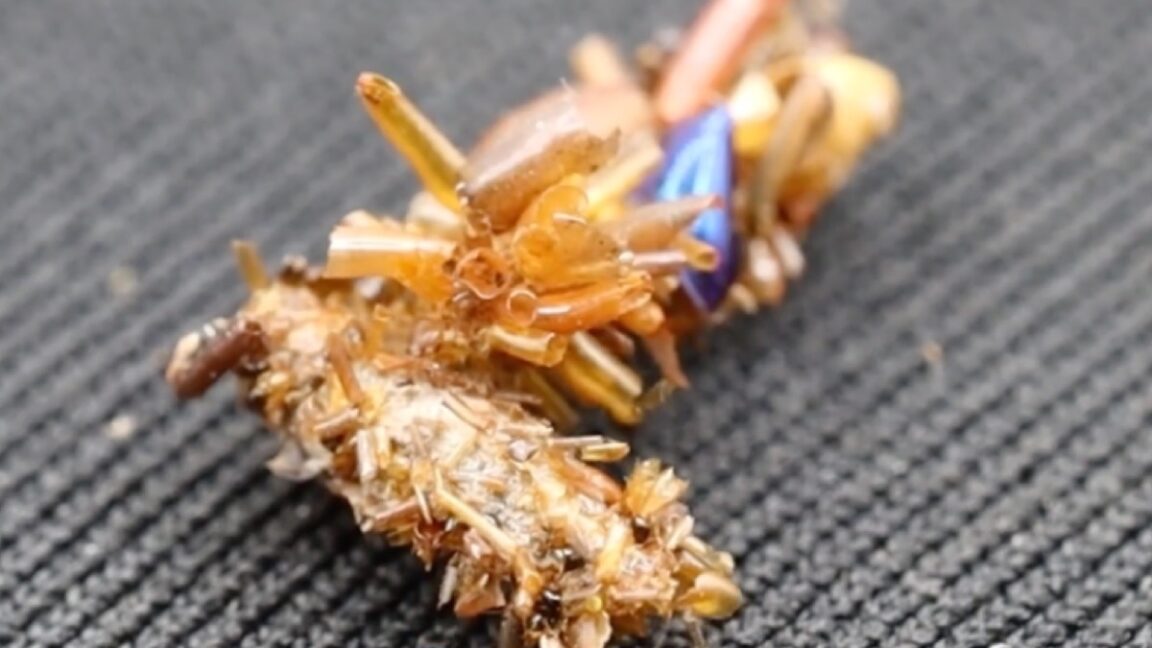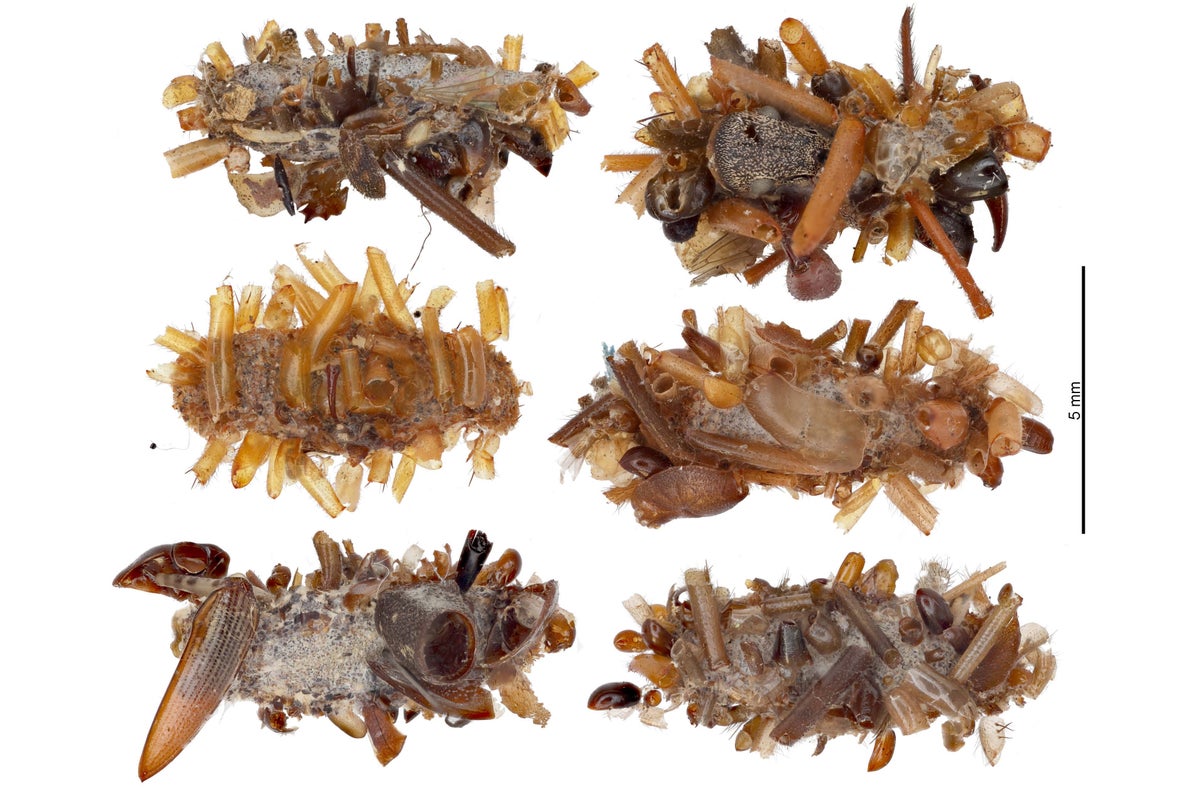Discovery of the Rare 'Bone Collector' Caterpillar in Hawaii
Scientists unveil the 'bone collector' caterpillar, a unique creature that camouflages using insect remains, exclusively found on Oahu, Hawaii.
Overview
Researchers in Hawaii have discovered a new species of carnivorous caterpillar, dubbed the 'bone collector,' which camouflages itself in the remains of prey. Found exclusively on Oahu, this caterpillar feeds on trapped insects found in spider webs and engages in cannibalism. Its behavior is a unique adaptation, dating back at least 6 million years, raising concerns for its conservation status due to environmental threats. The study highlights the rare dynamic of being both predator and prey within a spider's lair, illuminating the evolutionary marvels of Hawaii's unique ecosystem.
Content generated by AI—learn more or report issue.

Get both sides in 5 minutes with our daily newsletter.
Analysis
Analysis unavailable for this viewpoint.
Articles (5)
Center (3)
FAQ
The 'Bone Collector' caterpillar camouflages itself by wearing the remains of its insect prey, such as ant heads and fly wings, to disguise its appearance in spider webs.
The 'Bone Collector' caterpillar is found exclusively on the island of Oahu in Hawaii.
Carnivory is extremely rare in caterpillars, with only about 0.1% of the approximately 200,000 known species being carnivorous.
History
- This story does not have any previous versions.



